#Neolithic Age
Photo





An Ancient Stone Figurine Discovered in Turkey
A stone figurine was discovered in a 16500-year-old votive pit belonging to the Epi-paleolithic period, the transition phase from the Paleolithic Age to the Neolithic Age, during the archaeological excavation carried out in the Gedikkaya Cave in the İnhisar district of Bilecik in northwest Turkey.
With the permission of the Ministry of Culture and Tourism, General Directorate of Cultural Heritage and Museums, the rescue excavation started by the Bilecik Museum Directorate in the cave 1 kilometer away from İnhisar continues.
Traces of life were found in the cave at a depth of 180 meters, a height of about 20 meters, and a width of 30 meters, in two sections, the lower and the upper.
Bilecik Şeyh Edebali University (BŞEU) Faculty of Arts and Sciences Archeology Department Lecturer Assoc. Dr. Deniz Sarı, an ongoing study under the scientific consultancy of sheds light on the archeology of the region.
In the excavation, a flat ax made of diorite (rock type), grinding and hand stones, blades (stone chips), scraper, arrow and spearhead, ocher, spindle whorls, perforated ceramics (pottery), awl, a malachite ingot, and beads were unearthed.
In addition, important information was obtained about the craft branches such as stone and woodworking, mining and weaving carried out in the cave.
Finally, a votive pit dated to the Epipalaeolithic Period, 14500 BC was found in the cave.
Bilecik Museum Director Harun Küçükaydın told Anadolu Agency (AA) that the earliest human traces known in the cave date back to 16,500 years ago, and that a large number of finds dating from 7000 to 5000 BC were found in the radiocarbon analysis.
Küçükaydın continued as follows: ” A partially worked stalagmite was unearthed in this votive pit. We can associate the stalagmite with the Neolithic cultures of the Near East.”
“The seated human figurine carved from this stone can be considered a link between Venus figurines from the European Upper Paleolithic period and mother goddess figurines from Anatolian Neolithic cultures.”
Explaining that they determined that the earliest of the finds obtained during the studies in Gedikkaya Cave dates back to 16,500 years ago, Associate Professor Deniz Sarı said: “This period, of which we know very little, is a process by which European Upper Paleolithic cultures spread to the Balkans, the Caucasus, and the Mediterranean. Excavations in the larger area will provide more concrete data about the location of Gedikkaya in this extension and the pre-human activity at the end of the Ice Ages. However, in 2022, we uncovered a votive pit in the cave in relation to the process in question.”
“We unearthed a naturally formed stalagmite inside the pit surrounded by rows of crescent-shaped stones. The stalagmite is partially embroidered, giving the appearance of a stele. The pit was probably closed later. The finds inside the pit are extremely important and contain very new and extraordinary data in terms of prehistoric archeology. One of them is this a stone figurine. The stylized figurine in a sitting position is depicted with its legs spread out to the sides. It is a stone and stylized example of a mother goddess figurine characteristic of the Neolithic cultures of the Near East. In this context, the studies in the cave will make new contributions to the literature in the context of Anatolian prehistoric archeology.”
By Oğuz Büyükyıldırım.
#An Ancient Stone Figurine Discovered in Turkey#Gedikkaya Cave#Paleolithic Age#Neolithic Age#ancient artifacts#archeology#archeolgst#history#history news#ancient history#ancient culture#ancient civilizations
8 notes
·
View notes
Text



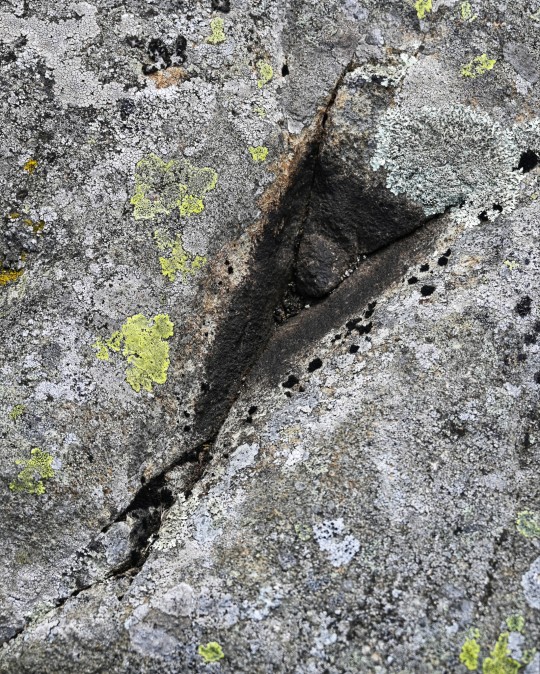
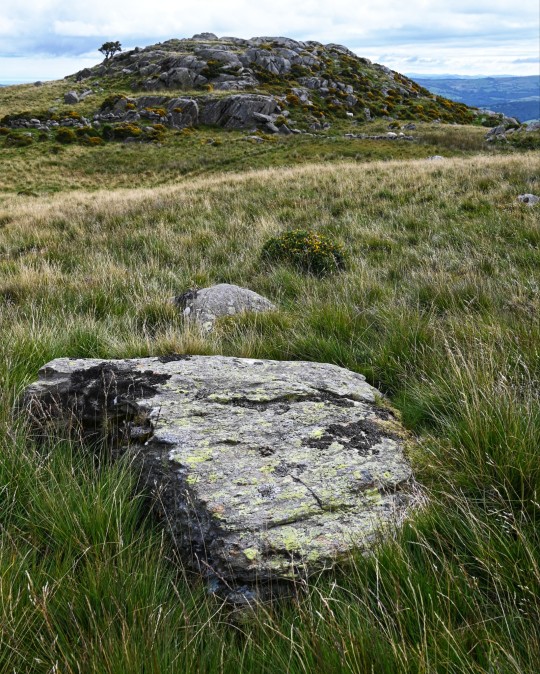
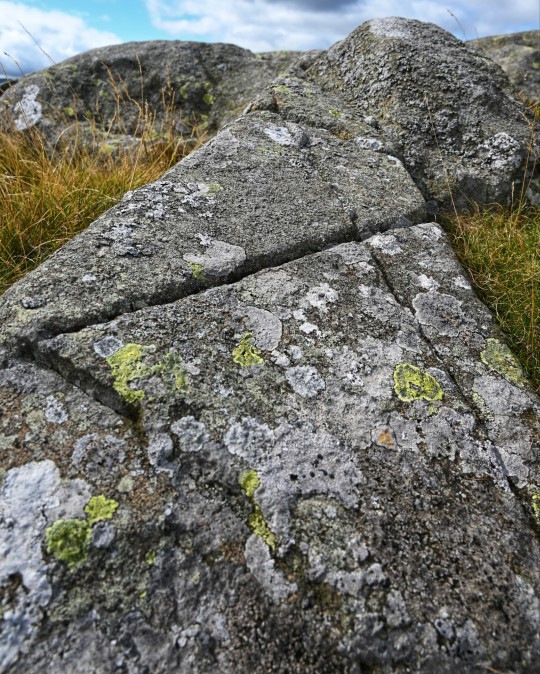

Craig Celynin Ancient Landscape, nr. Rowen, Conwy Valley, Wales
#ice age#stone age#bronze age#copper age#iron age#neolithic#mesolithic#calcholithic#paleolithic#prehistoric#prehistory#landscape#wales#archaeology#geology
4K notes
·
View notes
Text

shell necklace made of river mussels
stroked pottery culture, 4800-4400 BC
found in Šárka, Czech Republic
#neolithic#prehistory#stone age#artefact#archaeology#jewellery#stroked pottery culture#czech republic#archeology#my upl#central europe#european prehistory
279 notes
·
View notes
Text
#i got polls#Stone age#no science just vibes#cave art#paleolithic#Neolithic#neanderthal#archaeology#archeology
1K notes
·
View notes
Text
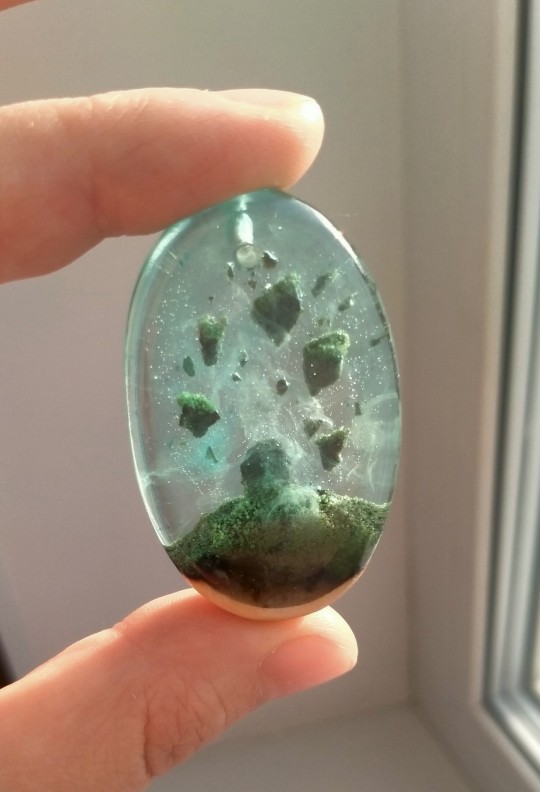


Stone portal around menhir, the fog is luminescent
#resin art#miniature#standing stones#menhir#neolithic#portal#fantasy art#ark#epoxy resin#fog#prehistoric#stone age#my art#craft
293 notes
·
View notes
Text
Scotland’s Orkney Islands are home to an astonishing number of neolithic sites. From the settlement of Skara Brae to the Broch of Gurness, the islands are full of mysteries.
183 notes
·
View notes
Text
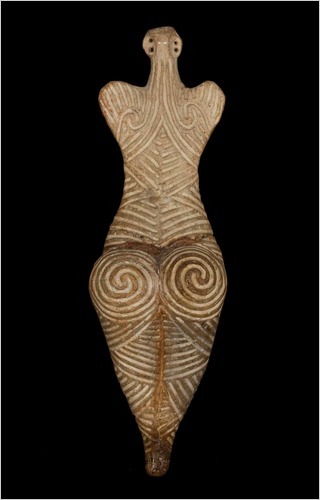
Goddess figurine (4050–3900 BC), Romania
#goddess#Romania#Cucuteni Trypillia culture#Cucuteni Trypillia#art#Miss Cromwell#Stone Age#neolithic#ancient history#figurine#matriarchy
130 notes
·
View notes
Text
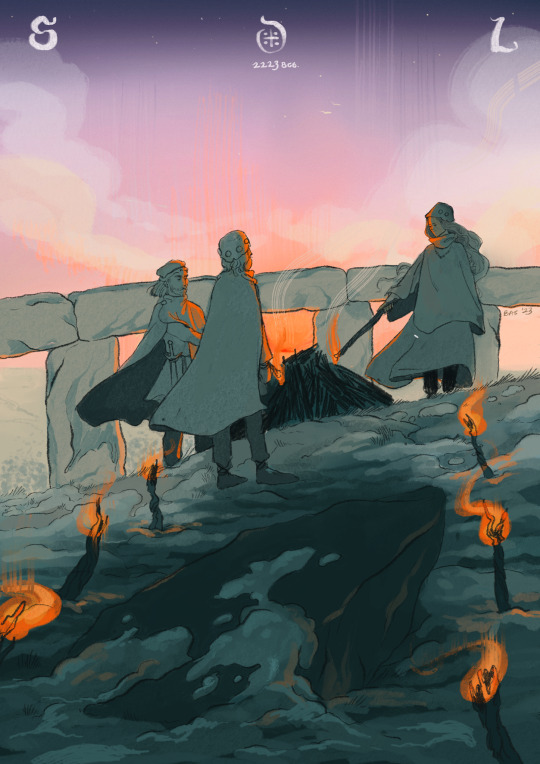
sundown at solstice (2223BCE)
merry midwinter folks!!
#winter solstice#oc art#stonehenge#folk art#the chief#chief’s life and lore#digital illustration#artists on tumblr#original comic#the lonely barrow#celtic folklore#bronze age#early bronze age#late Neolithic#happy solstice
121 notes
·
View notes
Text
I think we as a society really need to get over the idea that 'natural' automatically = 'good'.
And I don't just mean in a 'use actual disinfectant instead of cobwebs and wishful thinking!' kinda way, although that is part of it.
I mean in the way that so many people seem to fucking valorise the neolithic period as some sort of Pure and True Garden of Eden where everything was Perfect and humans got it Right.
Obviously we all know conservatives do it. The whole evolutionary psychology 'pink is for ladies because they evolved to see berries better, while blue is for boys because they evolved to hunt under the sky and we're going to ignore that these trends are less than a century old' thing. Yeah, we all get that that sucks.
But for some reason the Left Wing response is so often to just pull out the Uno Reverse card and be like "well actually the Neolithic era was a socialist utopia because-" which is surely a much less revolutionary argument than people seem to think it is.
Firstly, because it encourages historical revisionism. Like, if everything people learn about the lives of Early Humans ends up getting twisted into some political argument about the Right Way To Live in the modern day, then people are obviously going to be motivated to interpret the facts in a way that supports their own personal values.
To give an example: suppose one day we somehow found incontrovertible evidence that Stone Age autistic people were not actually valued for our ability to sort animal bones or stay awake all night or whatever, but were rather beaten to death with rocks the moment we started showing symptoms.
What would we do with that information? Given that 'autistic people were valued members of society in Stone Age times!' is currently being used as a key argument for our right to exist?
Ignore it? Refuse to believe it? Shrug our shoulders say "well, guess we were wrong" and start beating people to death with rocks as an expression of the wills of our Pure Divine Ancestors?
Which brings me to my second point of: while I don't think stone age societies actually did beat autistic people to death with rocks for no reason, they almost certainly did a fuckload of stuff that we would consider immoral today.
I mean, they definitely didn't vaccinate their kids. If you went back in time and told somebody from the Neolithic era "poke your kid with the Magic Needle and they will be Protected From Disease" they'd probably go for it, but if we're going for natural = good then technically the anti-vaxxers have it right.
There's also a fair amount of evidence for cannibalism. And massacres. And infanticide as a method of birth control. The natural state of humanity is pretty shitty by most modern standards.
And like, I'm not saying that stone age cultures were cruel and inhuman either. They were very human.
The nature of humanity isn't inherently brutal or inherently pure… it's mostly, in fact, the desire to build something for ourselves and our communities that is better than what we have. Medicine. Shelter. Warmth. Clean sources of water. Consistent sources of food.
Humans didn't Get It Right in the stone age, and we sure as hell haven't Got It Right yet. But billions of people didn't spend their whole lives working to make things better for future generations, only for us today to decide that the only way to Get Things Right is to go all the way back to the beginning.
59 notes
·
View notes
Text
Time Travel Question : Medievalish History 8 and Earlier
These Questions are the result of suggestions from the previous iteration.
This category may include suggestions made too late to fall into the correct earlier time grouping. Basically, I'd already moved on to human history, but I'd periodically get a pre-homin suggestion, hence the occasional random item waaay out of it's time period, rather than reopen the category.
In some cases a culture lasted a really long time and I grouped them by whether it was likely the later or earlier grouping made the most sense with the information I had. (Invention ofs tend to fall in an earlier grouping if it's still open. Ones that imply height of or just before something tend to get grouped later, but not always. Sometimes I'll split two different things from the same culture into different polls because they involve separate research goals or the like).
Please add new suggestions below if you have them for future consideration. All cultures and time periods welcome.
#Neolithic#Anatolian#Ancient World#Bible#Isaiah#Prophets#Phoenicians#Proto-Ancient Religion#Pre-Mamluk#Hinduism#History of Religion#History of India#Middle Ages#Religious History#The Pictish Beast#Picts#History of Music#Cathedrals#1000 BCE#Ancient Israel#Slavic People#100 BCE#Petroglyphs#Paleolithic
55 notes
·
View notes
Photo

From stone to metal.
by LegendesCarto
76 notes
·
View notes
Note
if ur still doing drawing requests can u do byler in the bronze age? its cause its the age after cavemen
Yes! The history with Byler continues!
I kinda combined Neolithic Revolution and Bronze Age bc they were around the same time. It was all BCE so it kinda blends together anyway.

Rip Will 😬
#byler#stranger things#will byers#mike wheeler#byler fanart#history with byler#Neolithic byler#Bronze Age byler#I can’t believe he killed him
89 notes
·
View notes
Text


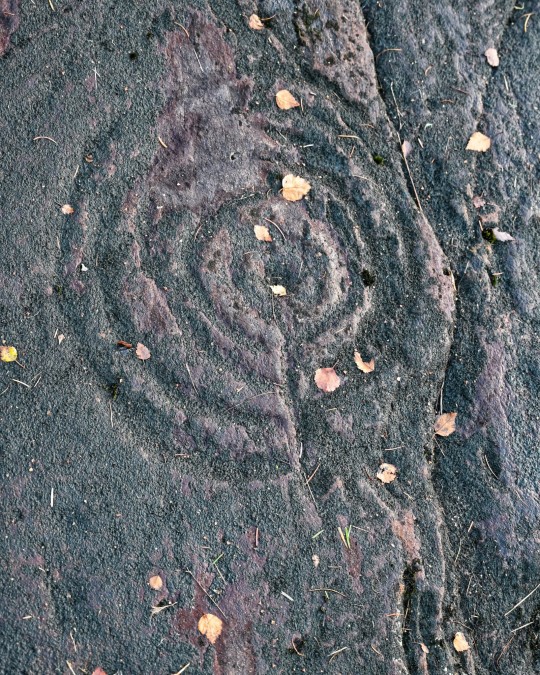
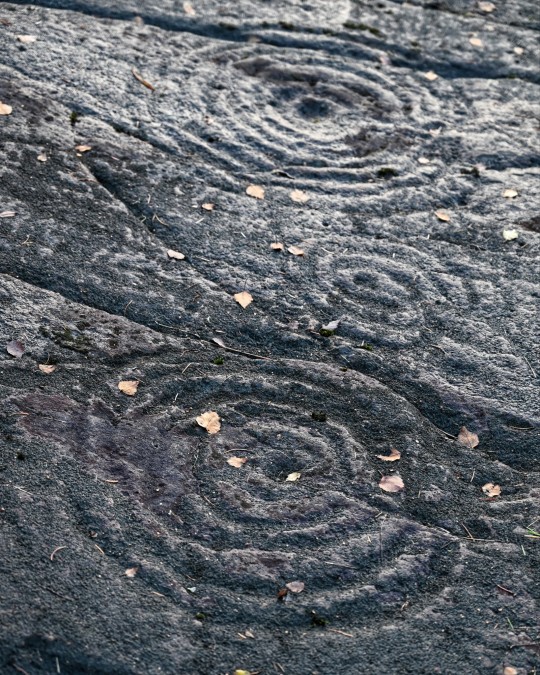
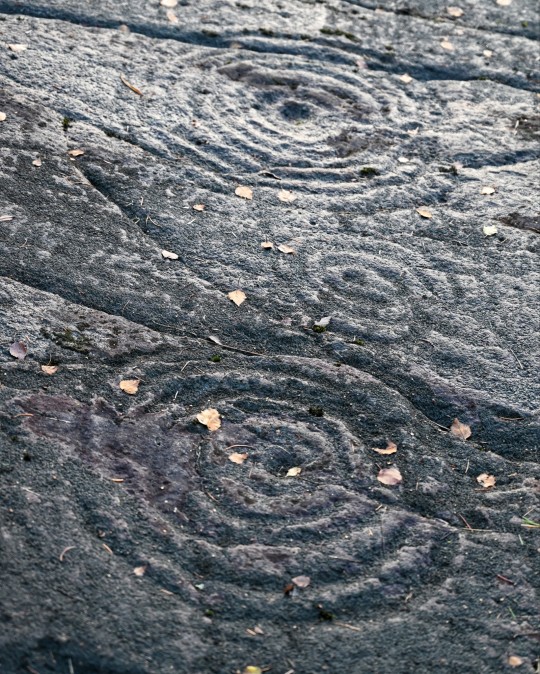



Achnabreck Prehistoric Rock Art Panels, nr. Lochgilphead, Argyll, Scotland
#ice age#stone age#bronze age#copper age#iron age#neolithic#mesolithic#calcholithic#paleolithic#prehistoric#prehistory#cup and ring#rock art#archaeology#landscape#ancient craft#ancient sites#ancient cultures
1K notes
·
View notes
Photo


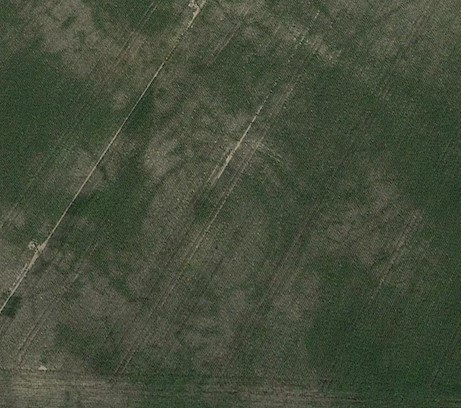

polish roundels (aka circular neolithic enclosure in Central Europe)
Drzemlikowice, Oława, Tylice, Nowe Objezierze
#neolithic#prehistory#stone age#archaeology#prehistoric europe#rondels#roundels#neolithic circular enclosures in central europe#stroked pottery culture#lengyel culture#earthworks#central europe#poland#archeology#my upl
210 notes
·
View notes
Text
Coming soon - a film about the oldest tombs in the world.
#megalithic#neolithic#stone age#ancient civilizations#morbihan#brittany#bretagne#archaeology#history documentary
85 notes
·
View notes
Text

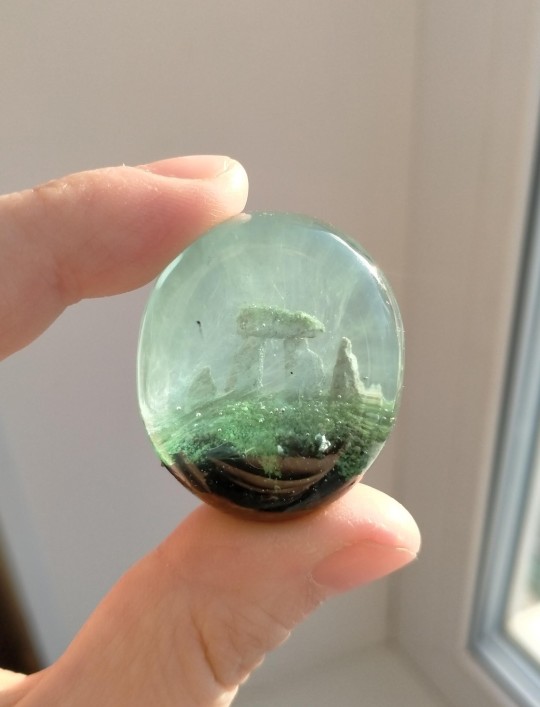




Dolmen, two cromlechs and tumulus. Obsession with megaliths continues
#epoxy resin art#resin#miniature#neolithic#megalithic#prehistoric#stone age#cromlech#dolmen#tumulus#kurgan#standing stones#megalith#sculpture#pendants#my art
248 notes
·
View notes